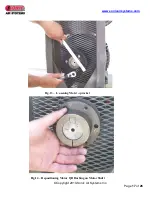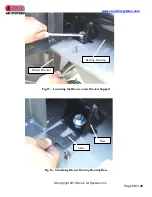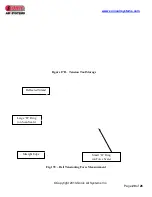Reviews:
No comments
Related manuals for 350

INW Series
Brand: IN-ECO Pages: 12

1691867
Brand: Simplicity Pages: 20

GasLess CBP 420
Brand: Core Pages: 34

GAS 139 E
Brand: Garland Pages: 124

A-2B
Brand: XPower Pages: 44

EX17D50012
Brand: Billy Goat Pages: 16

221 LHP
Brand: Cub Cadet Pages: 20

Two-Stage
Brand: Troy-Bilt Pages: 36

5901808
Brand: Briggs & Stratton Pages: 36

LA300
Brand: Unitary products group Pages: 32

TurboTeuton P300
Brand: Unigreen Pages: 36

SRM-FB 130
Brand: matev Pages: 22

ELBC6151BV
Brand: Giant-Vac Pages: 16

AB 500 Li 48
Brand: ST. SpA Pages: 32

AMF-AE Series
Brand: DONG IL TECHNOLOGY LTD Pages: 23

SP500 NEW
Brand: FIORENTINI Pages: 31

MINISWEEPER
Brand: FIORENTINI Pages: 33

BL25
Brand: Masport Pages: 20





















